

Chairman’s Opening Remarks to the 57th JAIF Annual Conference
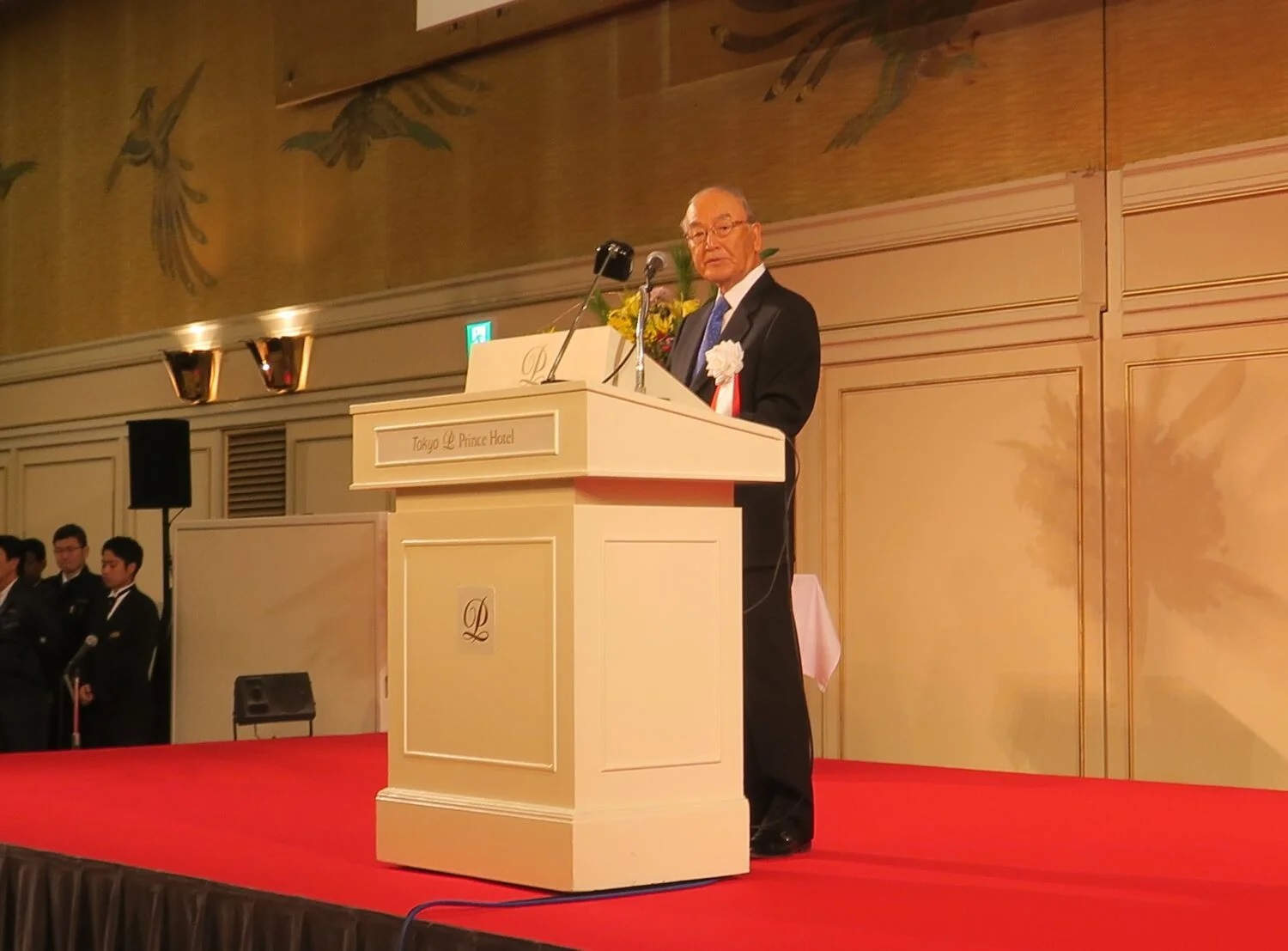
2024 New Year’s Greeting by JAIF Chairman
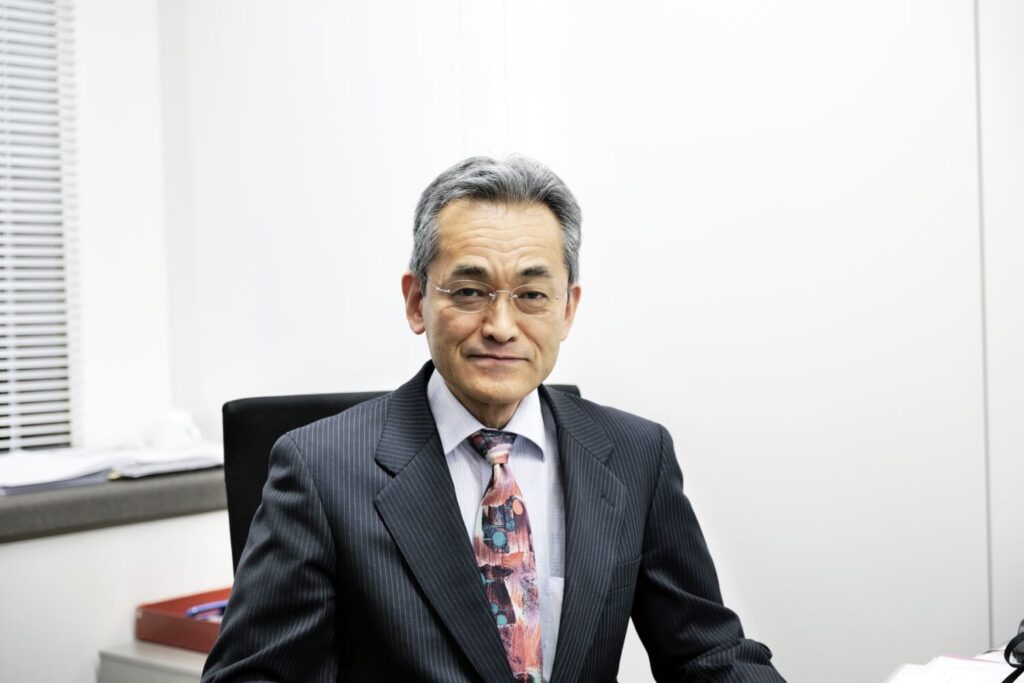
2024 New Year’s Message from JAIF President

Comments on Basic Policy Aimed at Implementing GX and on Proposed Grand Design for Future Nuclear Policy and Guidelines for Action Toward Realization
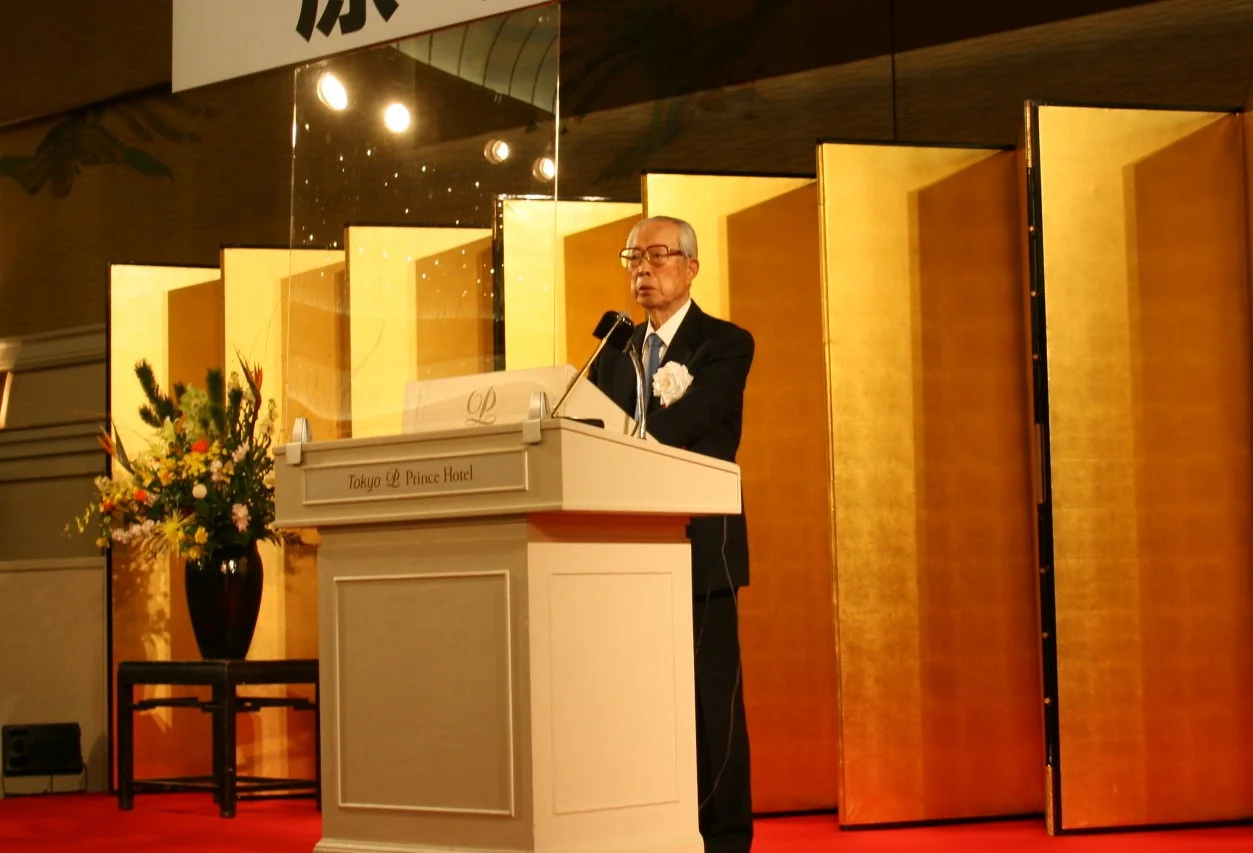
At New Year’s Gathering, JAIF Chairman Stresses Active Use of Nuclear Energy
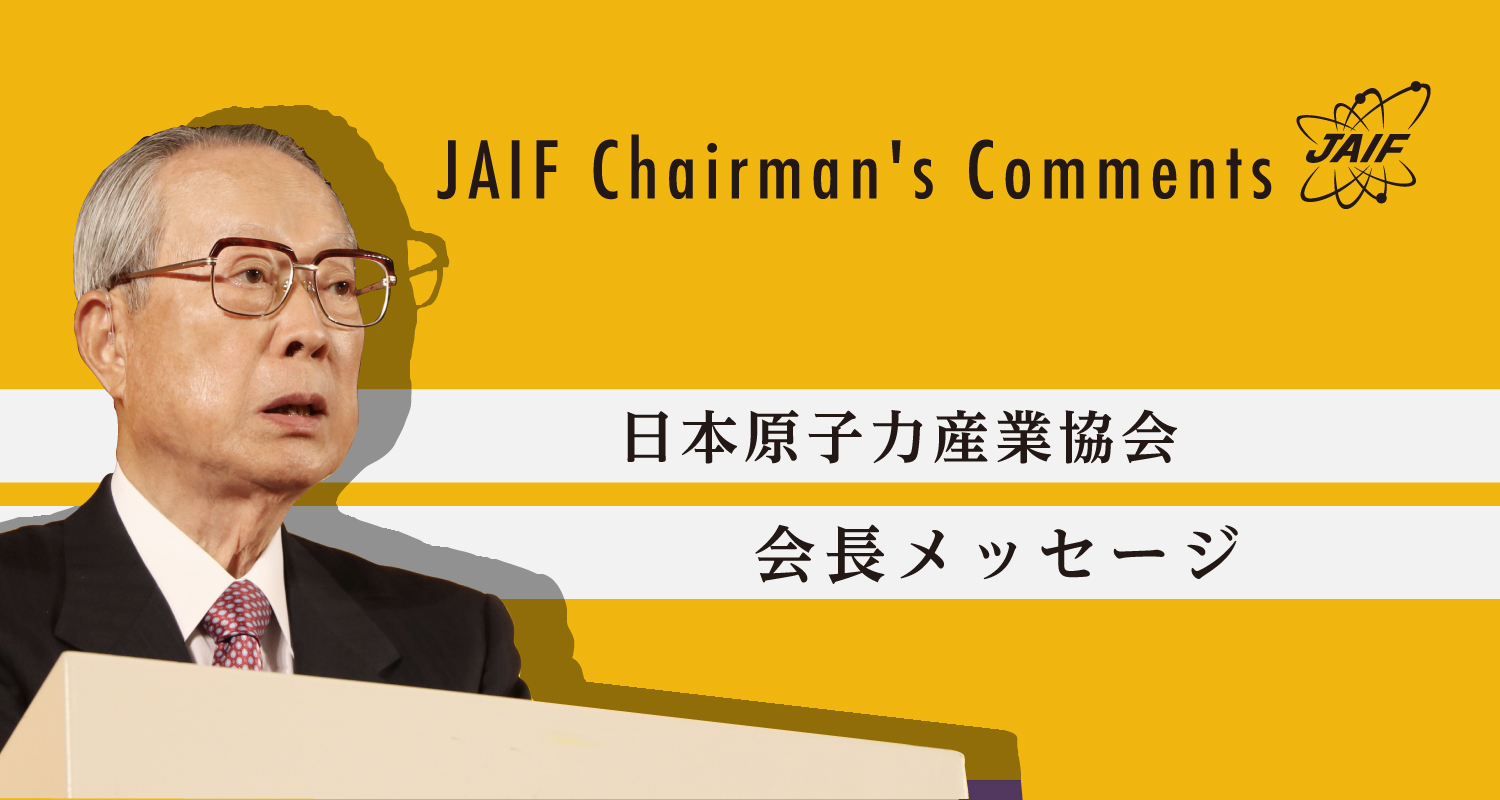
New Year’s Greeting by JAIF Chairman Imai
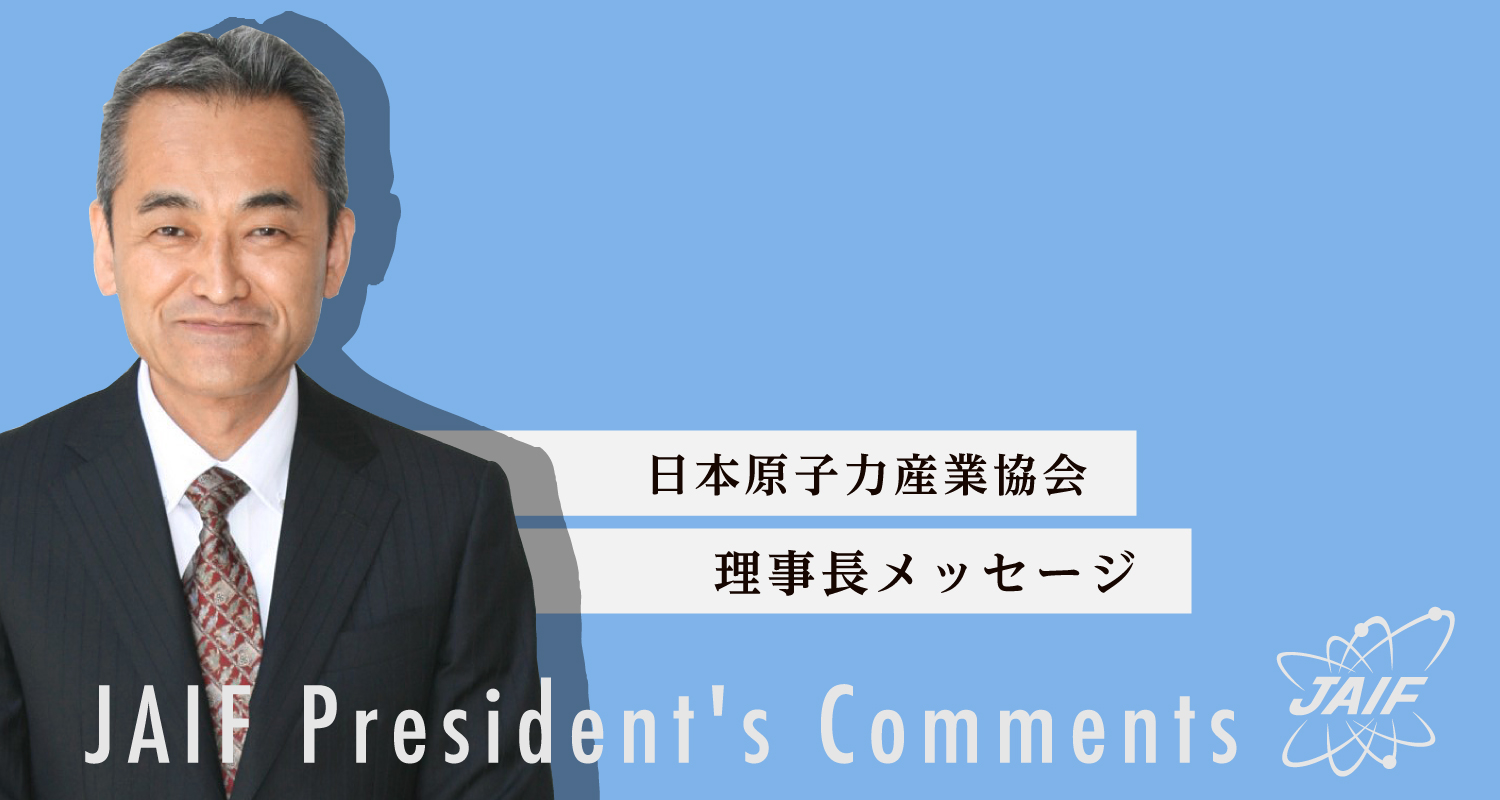
2023 New Year’s Message from JAIF President Arai
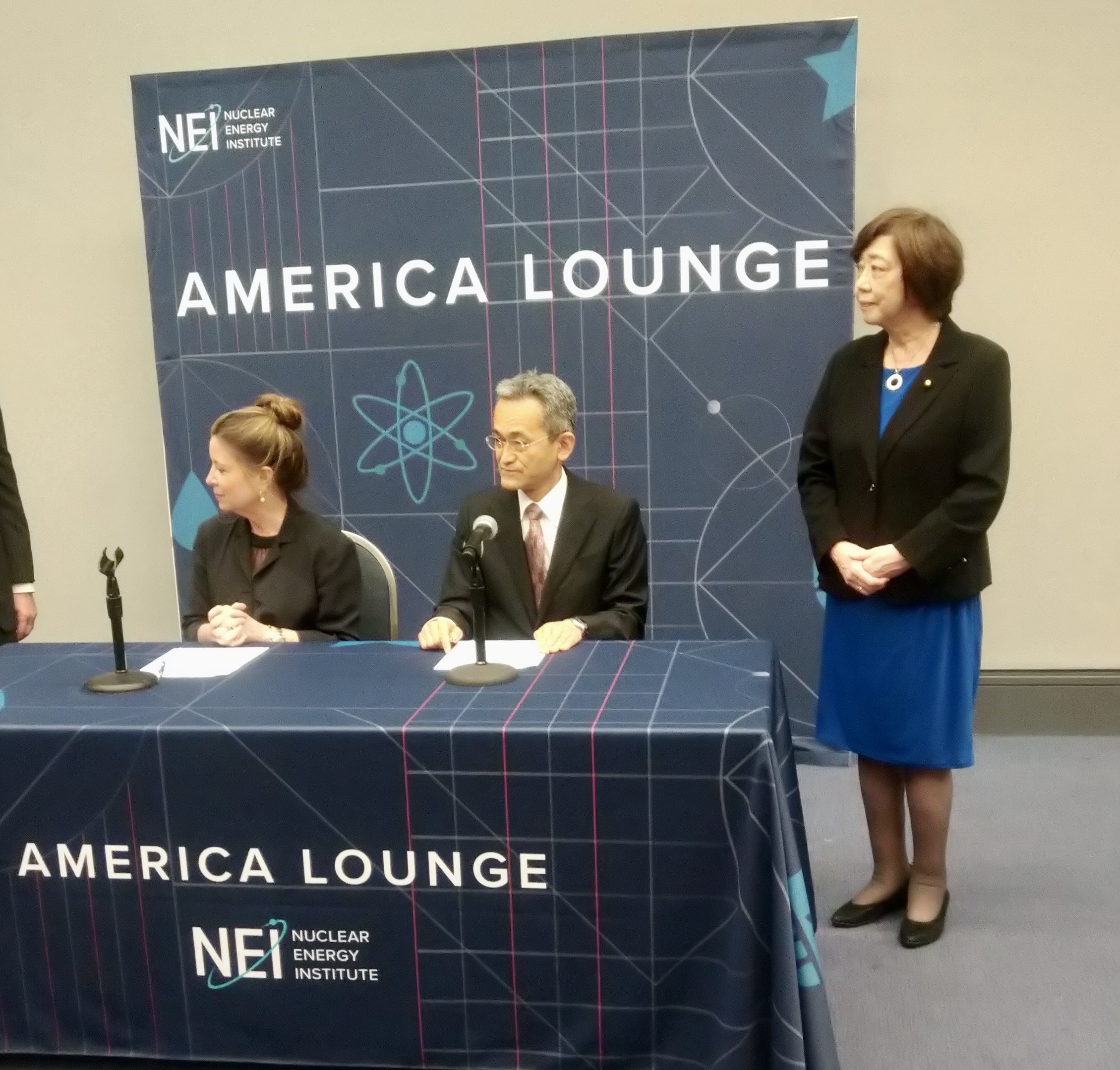
JAIF, U.S.NEI Release Joint Statement to Promote Nuclear Exports

Global Nuclear Industry Open Letter: Net Zero Needs Nuclear
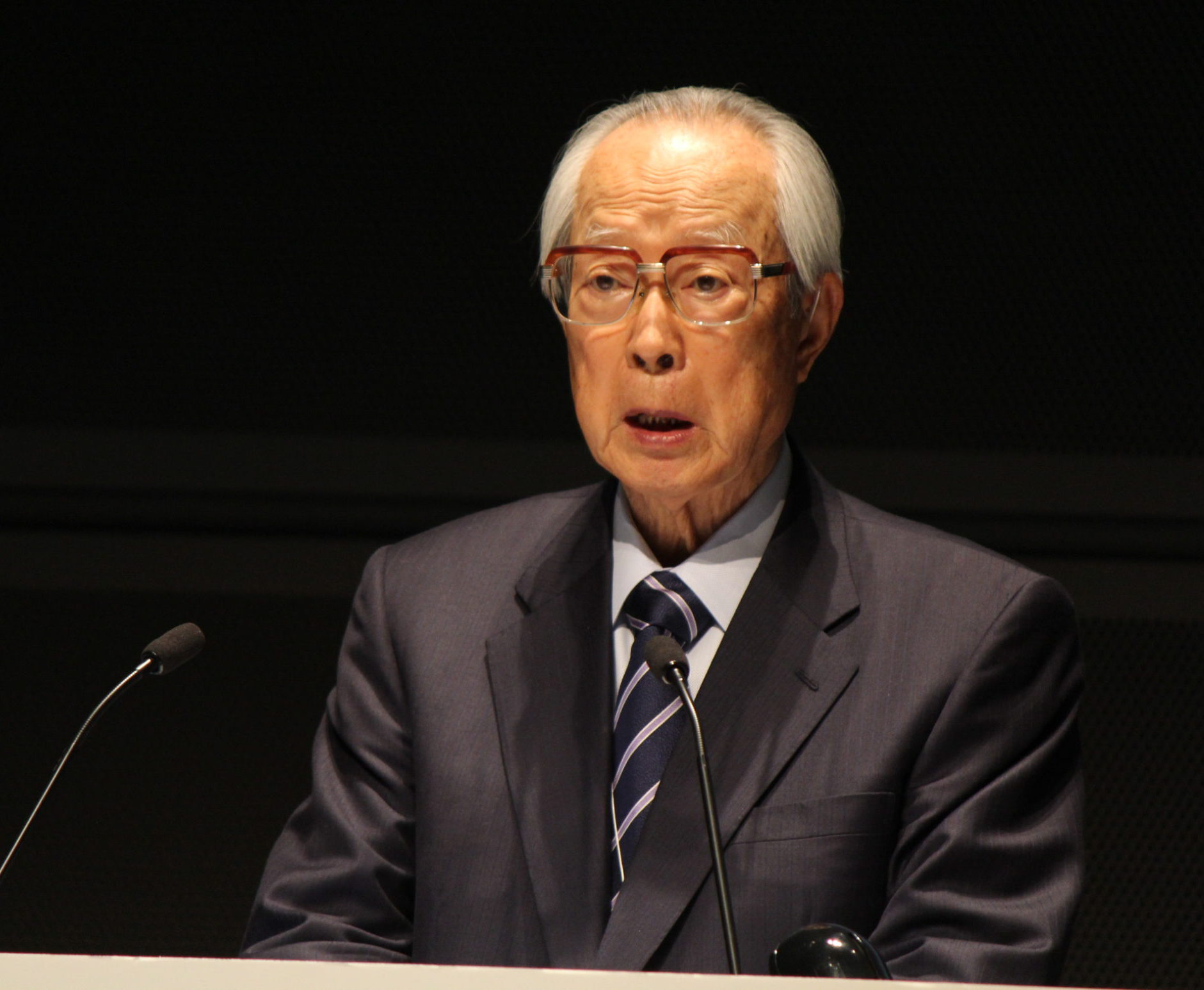
New Year’s Greeting by JAIF Chairman Imai
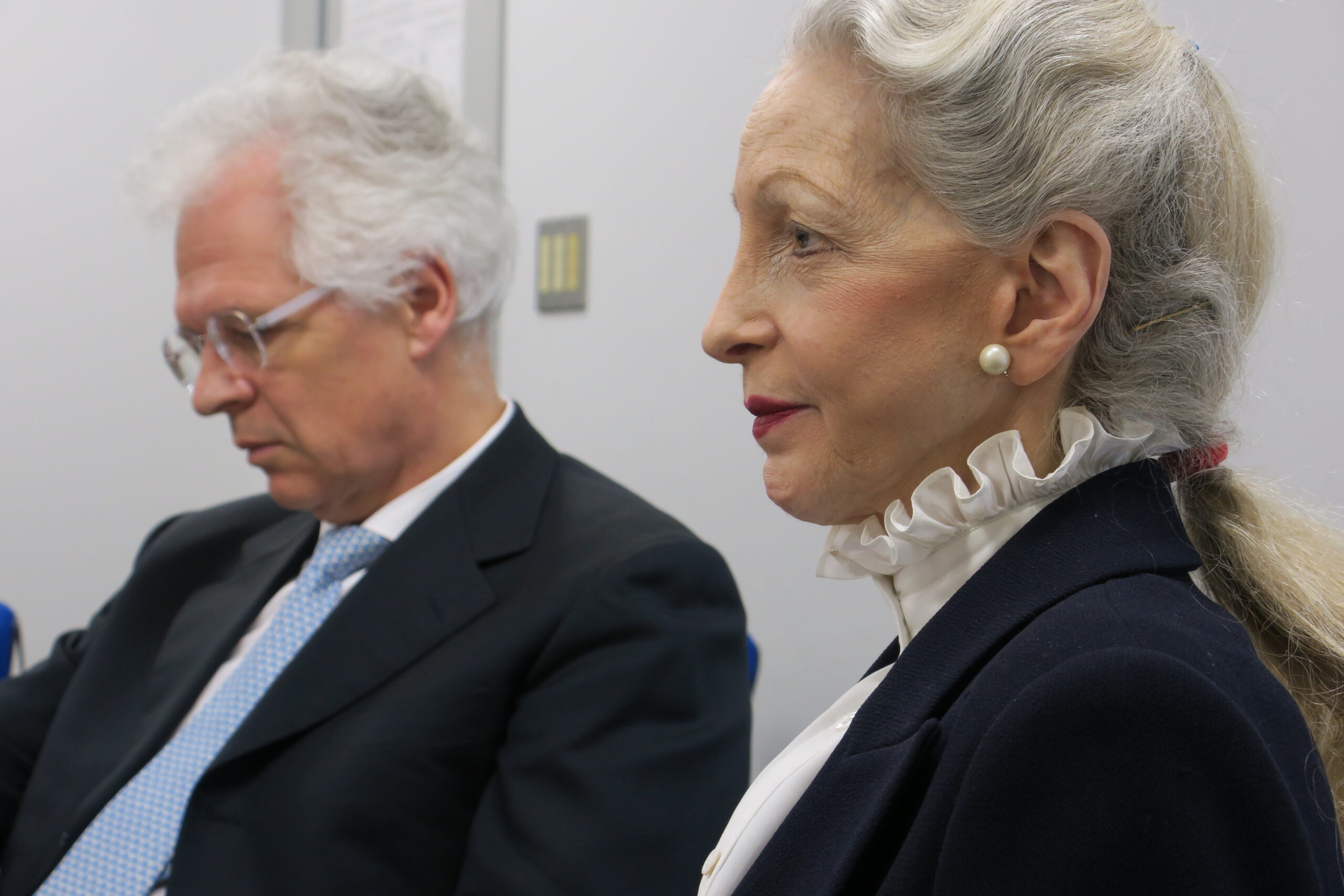
Interview with Two Experts: Former UKAEA Chair Says “Political Intentions Exist Behind Unfounded Fears and Rumors”
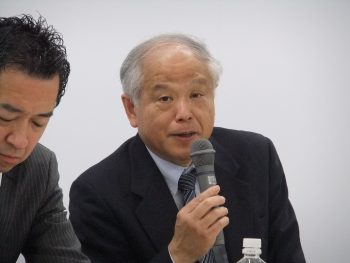
Fostering Nuclear Human Resources Requires Continual Effort, Says JAIF President

Memories and Studies

The Implications of Removing the “Sun Child” Statue in Fukushima

We All Live Inside the “Boundary” of Fukushima

Responsibility for Explaining the Unknowable